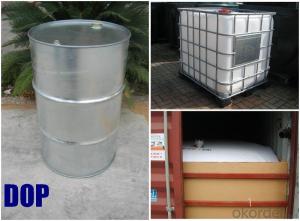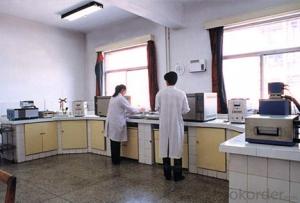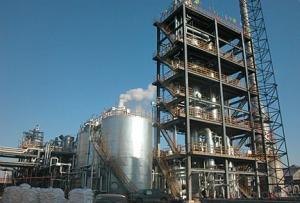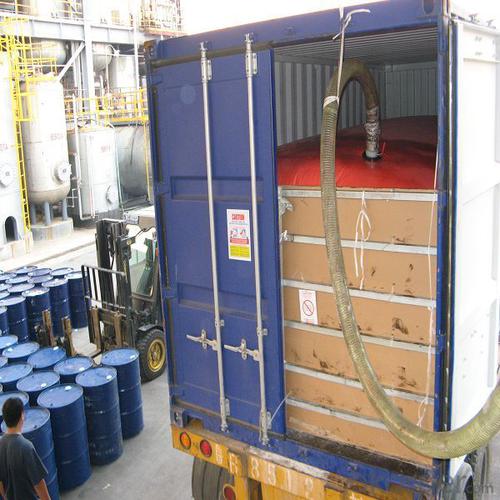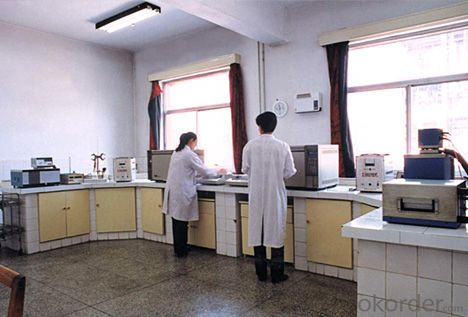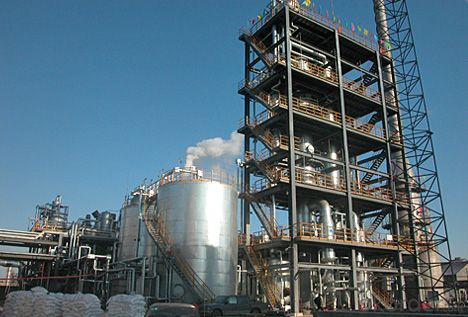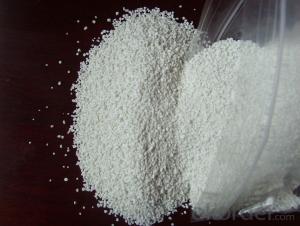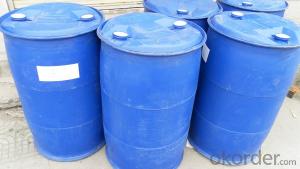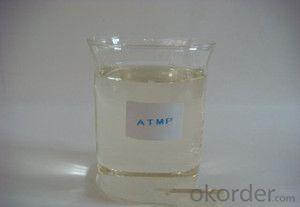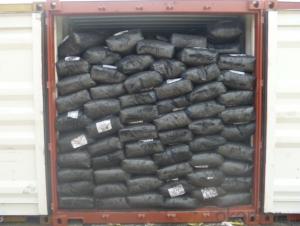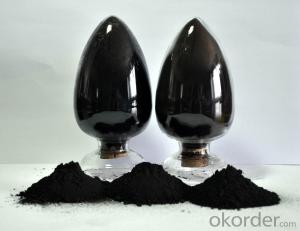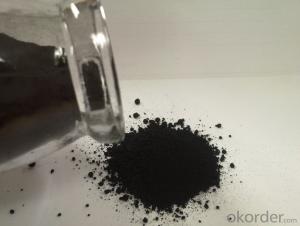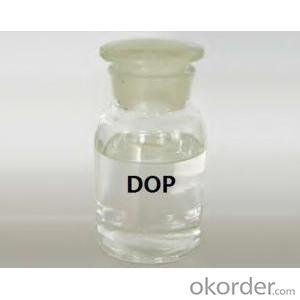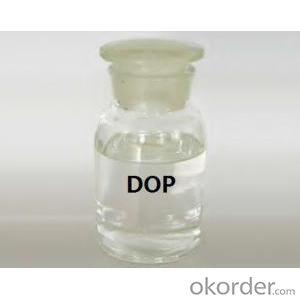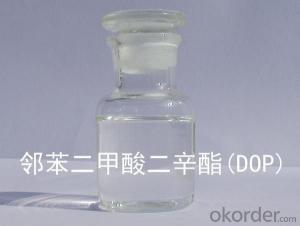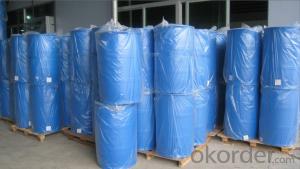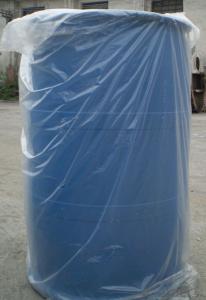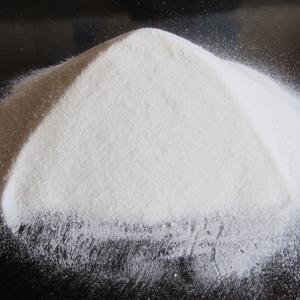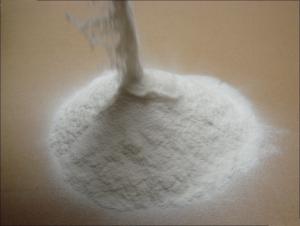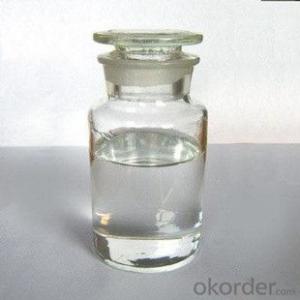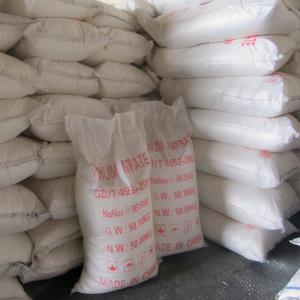Epoxy Plasticizer replace DOP/DBP Accept LC Term
- Loading Port:
- Tianjin
- Payment Terms:
- TT OR LC
- Min Order Qty:
- 20 m.t.
- Supply Capability:
- 8000 m.t./month
OKorder Service Pledge
OKorder Financial Service
You Might Also Like
DOP
Molecular Formular : C24H38O4
Molecular weight : 390.57
CAS No.:117-81-7
H.S Code : 2917.3200.00
EINECS No.: 204-211-0
Characteristics : Colorless transparent oily liquid, slight odor.
Processing : Injection Moulding
Application : It is one of the most extensively used plasticizers in plastics processing. It has comprehensive properties, such as high plasticizing efficiency, low volatility, UV-resisting property, water-extracting proof, cold-resisting property, and also good softness and electric property. As a fine main plasticizer, it is extensively used in processing polyvinyl choride and ethylcellulose resins to produce plastic film, imitation leather, electric wire, cable wearer, sheet, planet, mould plastic products and. Used in nitrocellulose paints, it can make the ethylcellu lose more elastic and more strong in extracting tension. It can be used as a softening agent of synthetic rubber, such as to make the product easier to rebound and harder to undergo form change under pressure, without affecting of the plastics.
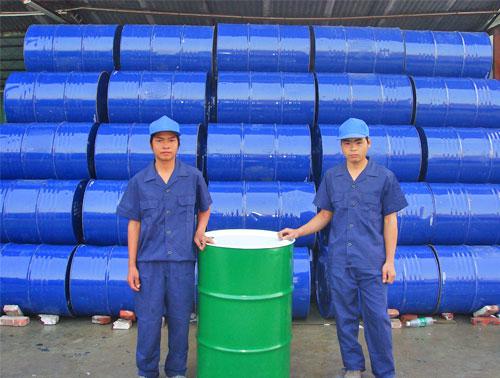
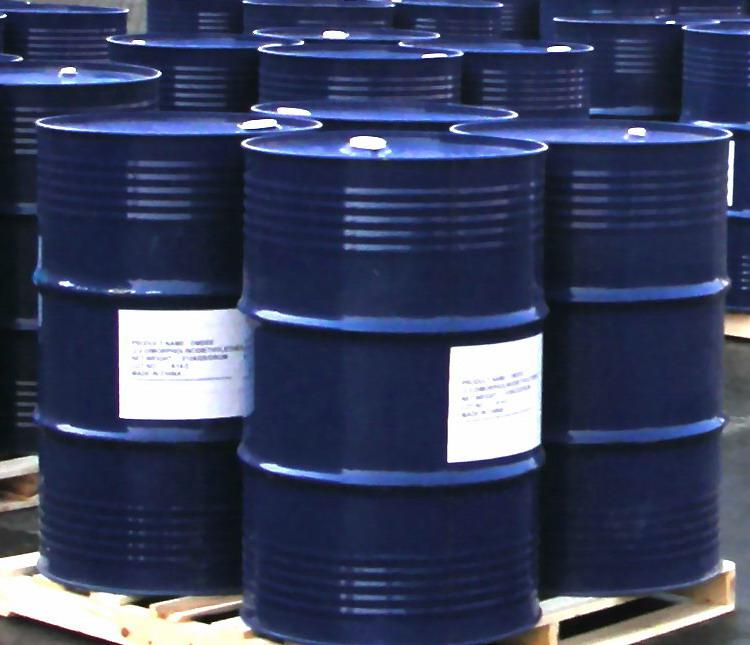
Specifications :
Quality Index | |||
Item | Value | ||
Super Grade | First Grade | Qualified Grade | |
Appearance | Oily liquid | ||
Color(APHA) ≤ | 30 | 40 | 120 |
PurityAs Ester% ≥ | 99.5 | 99.0 | 99.0 |
Acidity (benzene dicarbonic acid)g/cm | 0.01 | 0.015 | 0.03 |
Loss on dry (125oC3hr)%≤ | 0.2 | 0.3 | 0.5 |
Flash point(open)oC ≥ | 195 | 192 | 190 |
Density20,g/cm3 | 0.982-0.988 | ||
Volume Resistivity ΩM ≥ | 1.5×1011 | ||
Heat decrement % ≤ | 0.2 | 0.3 | 0.5 |
Water content,% ≤ | 0.1 | 0.15 | 0.15 |
Package and Storage :
Packed in 200KG/Galvanized Iron Drum or 1000kg/ISO TANK or flexibag container
Stored at dry,shady,ventilated place. Prevented from collision and sunrays,rain-attack during handling and shipping. Met the high hot and clear fire or contact the oxidizing agent,caused the burning danger.
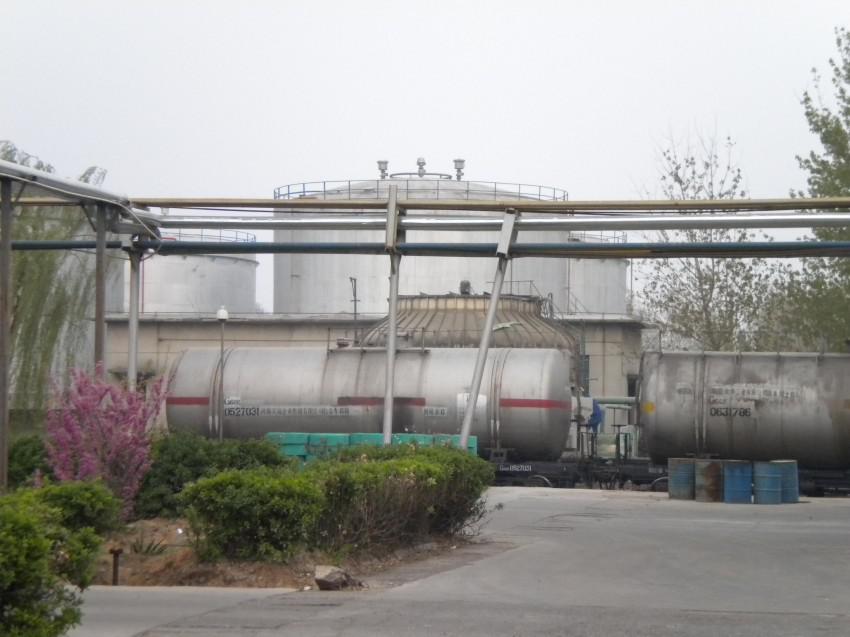
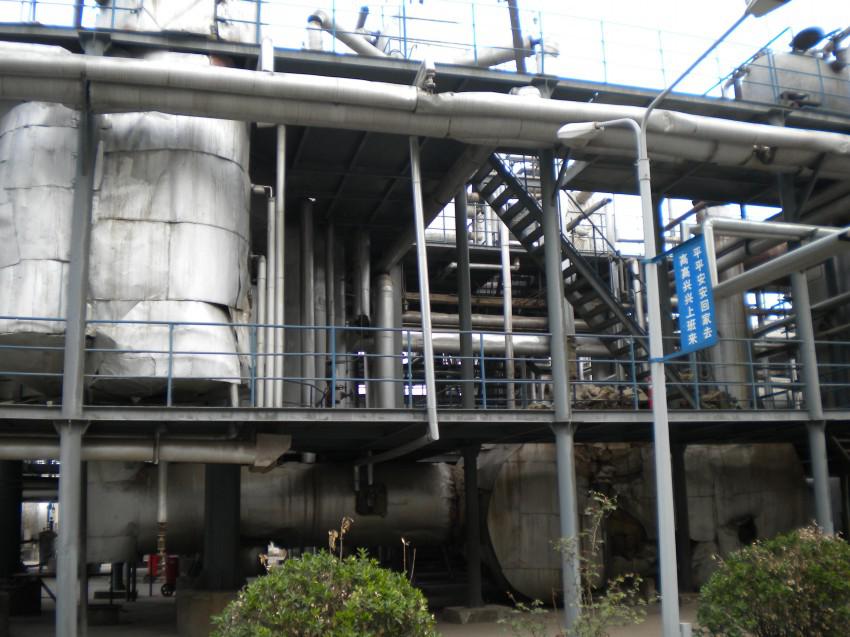
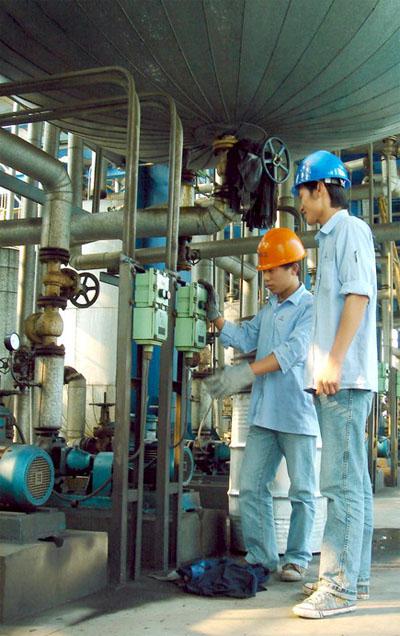
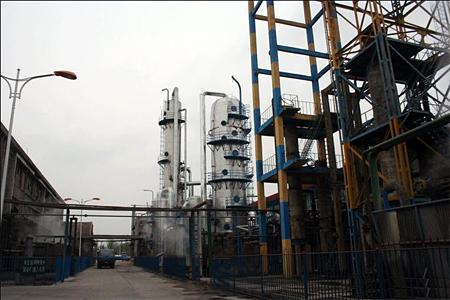
- Q: Chemistry GCSE what is a catalyst?
- A catalyst is something that makes a chemical reaction happen faster. An example is when manganese oxide (MnO2) is added to hydrogen peroxide (H2O2), and the hydrogen peroxide starts to break up into water and oxygen. Catalysts are either of natural or synthetic origin. They are useful because they leave no residue in the solution they have sped up. A catalyst also can also be used in a reaction again and again. Catalysts work by lowering the activation energy of a reaction. This allows less energy to be used, thus speeding up the reaction. The opposite of a catalyst is an inhibitor, which slow down reactions
- Q: When there is a catalyst in the chemical equation, it is not necessary to match the atoms of the catalyst
- The habit of writing is not to write the catalyst involved in the equation, it is usually written in the equation above the equal or below
- Q: Like biological and industrial reations. Thanks.
- Reactions that have high Activation Energy need catalysts to speed up reactions. These reactions aren't spontaneous since the reactants do not have enough energy to overcome the activation energy barrier. Catalysts are compounds that speed up reactions by providing an alternative pathway for the reaction. It is a common misconception that catalysts lower the activation energy. It doesn't actually lower the activation energy, instead it provides an alternative pathway with lower activation energy. For example, breakdown of hydrogen peroxide happens in nature but, relatively slowly. When you add a little bit of manganese dioxide, the breakdown happens a lot faster. Another example is, breakdown of glucose in the body. It is facilitated by an enzyme called amylase (or carbohydrase). An industrial example is the use of vanadium pentoxide (V2O5) in the Contact process, where SO2 is converted to SO3 in the presence of V2O5. Hope that helps!
- Q: What is the chemical nature of the enzyme?
- Enzyme protein and cofactor are present in the absence of catalytic activity, only these two parts together to form a complex to show the catalytic activity of this complex called the whole enzyme. Some enzymes cofactor is the metal ion, some enzyme cofactor is Organic small molecules in these organic small molecules, where the enzyme and protein binding is called the auxiliary base; and with the enzyme protein binding was more relaxed, dialysis can be used to separate the enzyme protein is called coenzyme. There is no strict boundary between the base and the coenzyme, the role of the metal ion in the enzyme molecule, or as a component of the active site of the enzyme, or the conformation necessary to form the center of the enzyme, or between the enzyme and the substrate The same coenzyme is often able to bind to a variety of different enzyme proteins, the composition of a variety of catalytic functions of different enzymes, such as coenzyme Ⅰ (NAD +) can be a variety of enzymes, As a coenzyme for many dehydrogenases, but each enzyme protein can only bind to a specific coenzyme into a whole enzyme.It can be seen that the specificity of the enzyme is the enzyme protein part of the coenzyme in the enzymatic reaction is usually responsible for electrons, atoms Or some chemical groups to determine the nature of the reaction.In recent years, it has been found that, in addition to proteins, some RNA and DNA molecules also have a catalytic effect on the chemical nature of the enzyme is the concept of protein produced a strong impact . However, the now known enzymes are essentially protein-based, or protein-dominated core components, and the concept that the enzyme is a protein-based biocatalyst does not exclude the presence of other types of catalysts, and more precisely, Can be given to the enzyme under the definition of: the enzyme is a kind of biological activity and special space conformation of biological macromolecules, including protein and nucleic acid.
- Q: a) A catalyst such as chlorophyll must be present for some reactions to take place.b) A catalyst such as chlorophyll is not one of the products of a chemical reaction.c) A catalyst such as chlorophyll is not a substance that is used or changed in a chemical reaction.
- (c) fairly catalyst varies the path of reaction or u can say mechanism of reaction in which activation ability receives decrease hence of which fruitful collisions occurred at extremely decrease temperature so greater beneficial opportunities for molecules to bypass activation complicated a catalyst is a substance that lowers the activation ability of a chemical reaction yet itself final unchanged in the process the time of the reaction
- Q: Explain how a catalyst may increase the rate of chemical reaction?
- Lowers the activation energy of the reaction. Like a hill, it makes the hill lower so the reaction can proceed faster and at lower temps. Delta G is lowered. Meaning less energy is needed to move the reaction forward. Catalysts (enzymes) are substrate specific. only specified compounds like a right glove only fits a right hand and not the left hand.
- Q: Could God be Discribed as a Catalyst?
- I'm an atheist but one of my friends explained that thinking to me. Here's what he said. Do objects exist? When objects are created something creates them, right? Objects can't be created from themselves. (Chicken and Egg theory) There needs to be a catalyst for things to be created. I just choose to label this catalyst by the name of God. Technically my friend went into a lot more detail but I don't really remember his exact words. Hope this helps.
- Q: woulld you be able to answer these aswell i really dont know how to do this cehmestryExplain how, and why, an atom of chlorine (Cl) and an atom of lithium (Li) would form a chemical bond with each other. (iii)Explain what is meant by electronegativity and how it can be used to determine the nature of a chemical bond. (iv)Write a note outlining what is meant by vapor pressure and explain how the concept is used to define the boiling point of a liquid.
- Because of the production of photochemical oxidants from NOx reacting with hydrocarbons in sunlight Noxer blocks are used to rid the NOx from the surroundings through The titanium dioxide (TiO2) on the bocks absorbs ultra-pink radiation from daylight which excites its electrons to a bigger orbital. On the outside of the crystals of TiO2 a reaction happens between oxygen and a high power electron from the TiO2. O2 + e? --O2 ? The excessive vigor electron is then given back to the TiO2 when water then reacts with the oxygen to present H2 O + O2 --H+ + O2 ? + OH Nitrogen dioxide is oxidised to nitrate ions as a result of the hydroxyl radical being an awfully strong oxidising agent NO2 + OH --H+ + NO3 ? The superoxide from response 3 also varieties nitrate ions from nitrogen monoxide. NO + O2 ? --NO3 ? This nitrate is washed away through rain or combines with the concrete within the block.
- Q: Is the enzyme in the enzyme bigger than gold?
- No: A biological enzyme is a biocatalyst that is produced or extracted from a biological organism. The catalyst is a substance that accelerates the chemical reaction and does not change itself in the chemical reaction. In layman's terms, the catalyst is a special substance that catalyzes it. Enzyme as a member of the catalyst family has its own special properties. Each of the biological enzymes will only selectively react to some chemical reactions.
Send your message to us
Epoxy Plasticizer replace DOP/DBP Accept LC Term
- Loading Port:
- Tianjin
- Payment Terms:
- TT OR LC
- Min Order Qty:
- 20 m.t.
- Supply Capability:
- 8000 m.t./month
OKorder Service Pledge
OKorder Financial Service
Similar products
Hot products
Hot Searches
Related keywords

